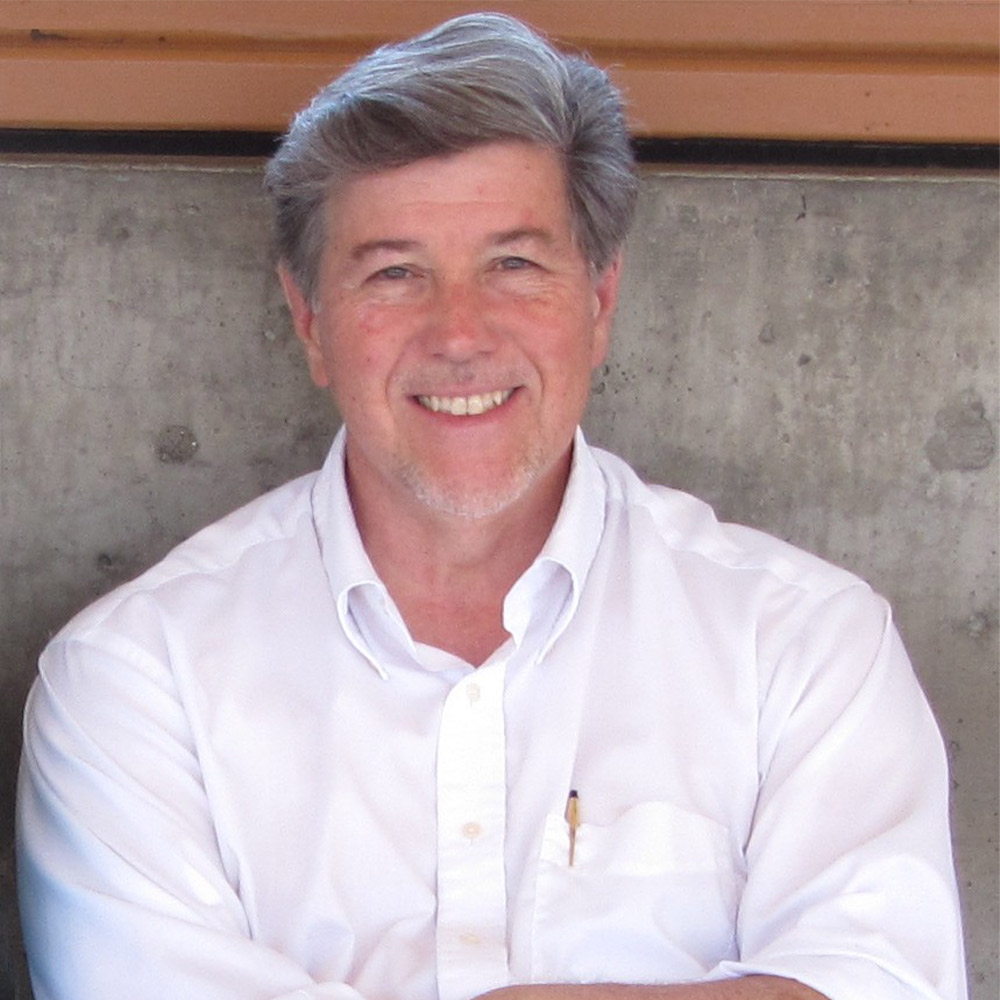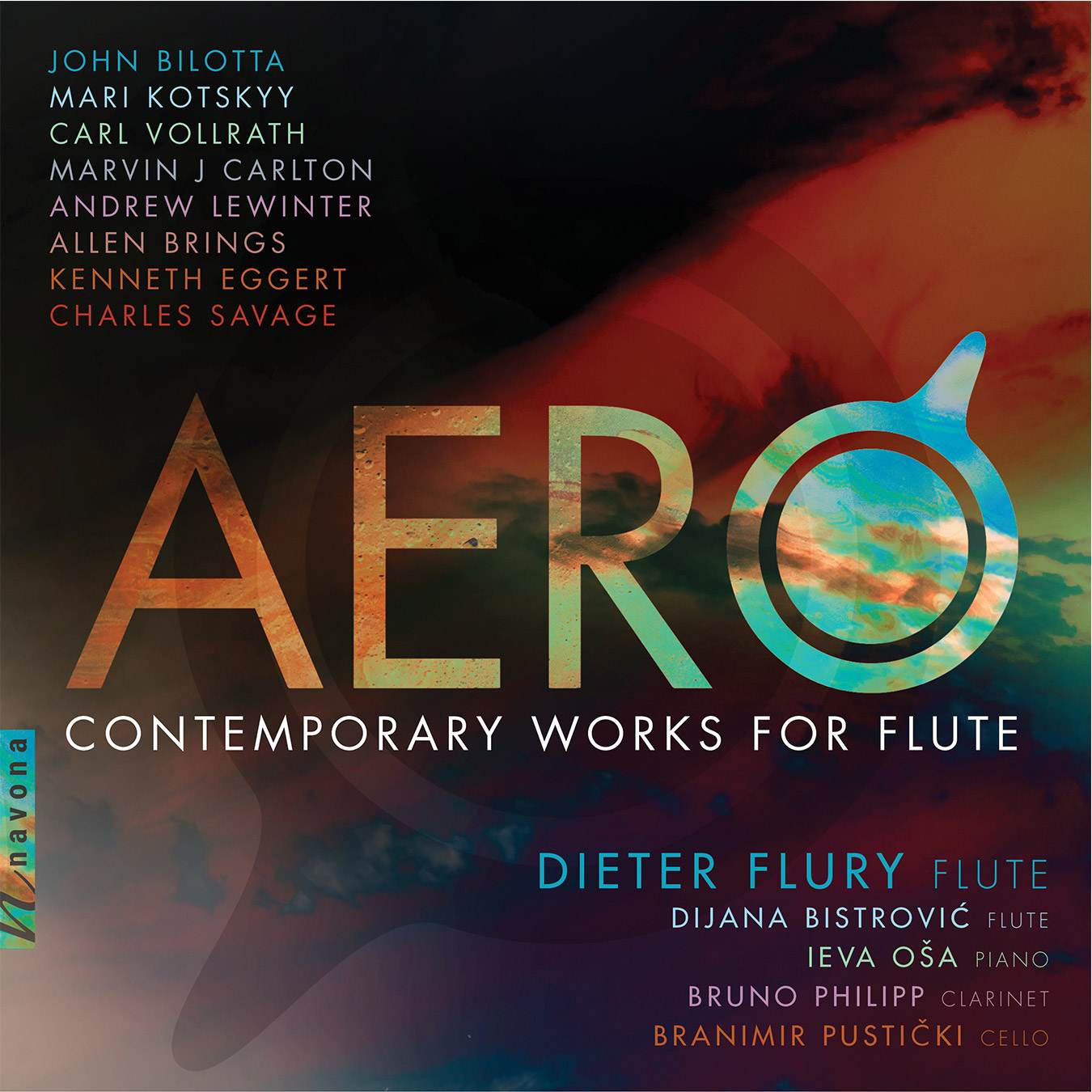
From Mozart’s concertos to Jethro Tull’s “Aqualung,” the flute has served as a versatile tool for conveying the spectrum of human emotion. On AERO, flutist Dieter Flury puts decades of study and a handmade golden flute by Yamaha to work to breathe life into works by contemporary composers like John Bilotta and spark the imaginations of listeners. Bilotta’s Capricci on this album gives the flute a virtuosic encore with three contrasting sections full of syncopation and off-beat gestures.
Today, John is our featured artist in “The Inside Story,” a blog series exploring the inner workings and personalities of our composers and performers. Read on to discover how an English teacher helped solidify his love of composing as a child…
What inspires you to write?
In the case of vocal music—songs, dramatic scenes, chamber opera—inspiration always begins with the text. Only texts that move or delight me inspire me. In the case of instrumental music, inspiration comes from musical ideas—chords, motifs, instrumental combinations, structures, forms. Often a new work begins as a request or a commission but until I find the musical seed from which the work will be generated, nothing will come of it.
Where and when are you at your most creative?
In good weather, at the garden table behind the house. In poor weather, at the table in the den. Morning is always the best time of day to compose. In the afternoon, I can edit scores or do other paperwork but to create something new—the morning.
Tell us about your first performance.
I first encountered concert music in school at the age of twelve. The piece that grabbed me by the lapels was Sibelius’ The Swan of Tuonela. After that I had to try my hand at composition. A year later, I wrote a sonata for four pianos—the logic of that ensemble is no longer clear to me. In a conversation with my English teacher, I mentioned the piece and she asked to borrow the score. A few days later, the entire English class was taken to the auditorium where the music teacher and three piano students sightread it. There was no going back after that.
If we looked through your music library, what would we be surprised to find?
Books, scores, and recordings of ancient Greek music. The topic is fascinating, the reconstructions and transcriptions are very absorbing. I was particularly interested to understand the method by which movement from one four-pitch area to another occurred—a very different approach to modulation. I went to Walnut Creek and cut down river reeds and spent a summer trying to make an aulos. It was enormous fun, very challenging, and totally unsuccessful.
Who are your musical mentors?
I’m not a believer in music’s stylistic religious wars. Great music has been written in every age and there is much that any composer can learn about writing in a study of both the past and the present. A great piece represents the best of the composer who created it, challenges the performer, and holds the listener. The greatest sin in art is to be boring. The composers/periods I keep going back to for insights include the entire Renaissance, Bach, Schumann, Tchaikovsky, Brahms, Stravinsky, Schoenberg, Debussy, Barber, Ravel, Gershwin, Takemitsu, Piazzolla, and others.
Do you have any specific hopes about what this album will mean to listeners?
That it will familiarize them with the wide variety of concert music being written in our own time, that they will take pleasure in hearing it, that they will be entertained and challenged by the music, and that they will want to hear more.
Explore John’s Latest Release
AERO
From Mozart’s concertos to Jethro Tull’s “Aqualung,” the flute has served as a versatile tool for conveying the spectrum of human emotion. On AERO, flutist Dieter Flury puts decades of study and a handmade golden flute by Yamaha to work to breathe life into works by contemporary composers and spark the imaginations of listeners.

John G. Bilotta was born in Waterbury, Connecticut, but has spent most his life in the San Francisco Bay Area having attended the University of California at Berkeley and, later, the San Francisco Music and Arts Institute where he studied composition with Frederick Saunders.

